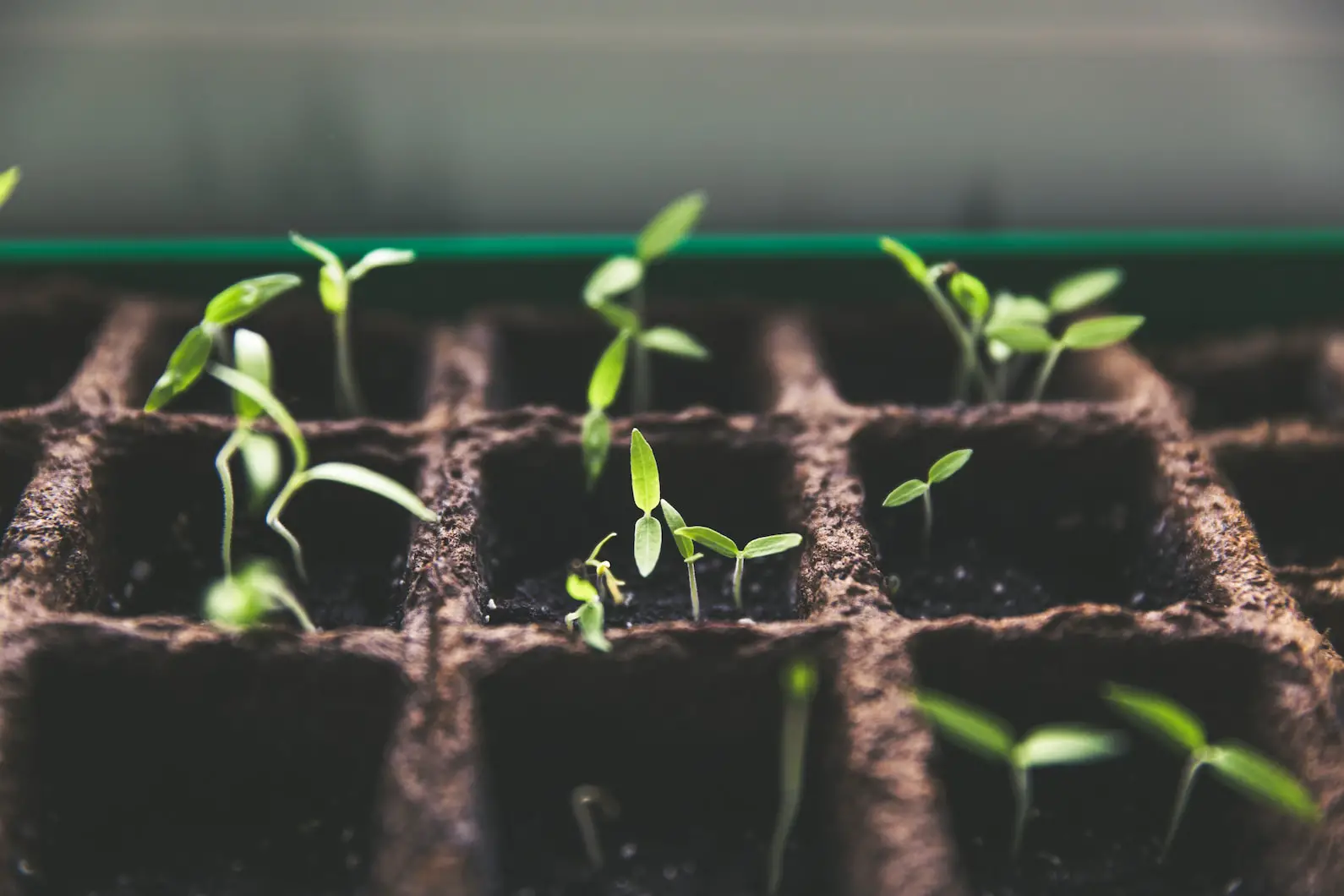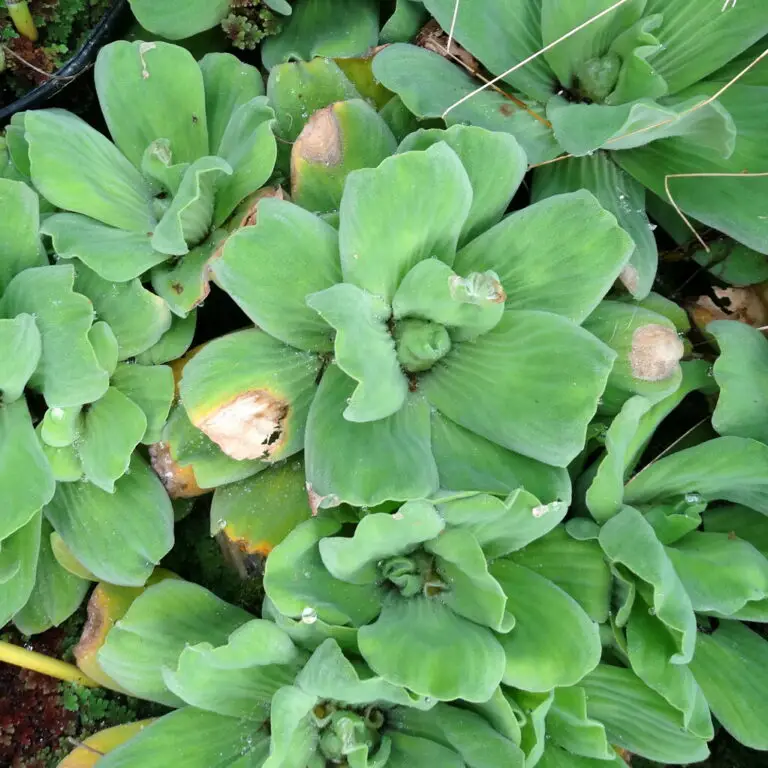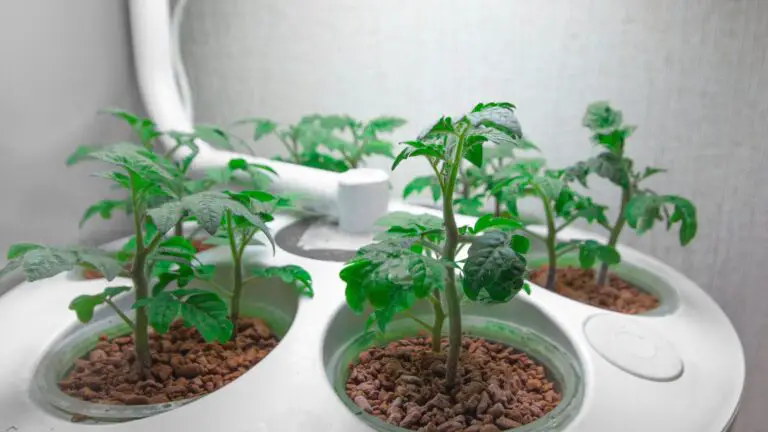Lettuce Seed Germination Tips for Hydroponic Growers
Seeds cost. Not only money but also your time and effort.
In hydroponics, the initial setup is costly. But the running costs may be lower compared to traditional farming. One significant running cost is seeds. If you’re doing lettuce varieties, seed germination is something you must pay attention to.
There are many misbeliefs about seed starting. Hence, this post could help you make clear decisions when you start your new batch or start to grow for the first time.
Before going anywhere, read the instructions in your seed packet. This advice is too broad and not intended to replace anything on the packet. This post also contains Amazon affiliate links. We may earn a small commission for qualifying purchases at no extra cost to you. But it never affects what we pick to recommend.
How can we improve lettuce seed germination?
You may be a commercial grower or at home for consumption. Either way, you don’t want to waste your lettuce seeds. These tips may help you save your seeds.

Lettuce seeds need light.
Lettuce is a photodormant. Not every seed is a photodormant. Crops like peas, castor, and beans are not photodormant. You can leave them to sprout in complete darkness. But unfortunately, the germination of lettuce seeds needs some light. In complete darkness, they won’t.
Yet, lots of light will cause harm. Lettuce seeds don’t sprout when the temperature goes above 80 degrees Fahrenheit. This is known as “thermo-inhibition.” Lettuce comes from the Mediterranean Middle East. The summer there is too hot and dry. Seed germination in such conditions leaves the sprouts with little chance to survive. But they can thrive if the seeds wait for the hot weather to end.
It’s better to keep your nursery under a shed tent, which gives you enough sunlight to sprout.
If you’re in a region where sunlight is scarce or growing indoors, try grow lights. Also, in 1952, H.A. Borthwick and colleagues showed that red light promotes seed starting.
Check out the TS1000, which could power a 3×3 indoor garden, or the TS3000, which powers 5×5 sized garden, or other popular growlights.
Sow them shallowly
We know lettuce seed germination needs light to germinate. Even if they do, they may not have enough power to rise to the surface. So you can’t place your seed too deep. But these crops evolved to sprout better when surrounded by some growing medium.
Most growers sprinkle the seeds in a wet paper towel and leave it to germinate. But your seeds may sometimes rot if the moisture level is too high. If not, the seeds would dry out and never germinate.
If you’re using coco coir, poke a hole that’s a little less than an inch. And put your seeds inside the hole. If you use soil in your nursery, sprinkle the seeds and rough the surface. This is enough for the seeds to produce healthy sprouts.
Maintain Moisture for Sprouting
Some growers prefer to soak the seeds in water for about a day to sprout faster. This is not a must for sprouting.
Lettuce seeds need to be moist to sprout. Also, consistent moisture is more critical for sprouting. Thankfully, lettuce seeds germinate quickly. So you don’t have to water them for very long.
But, a wet growing medium can induce fungal growth and impact germination. This often happens when you plant seeds in the open field. If it rains unexpectedly and the water doesn’t drain fast, seeds may rot and never germinate.
Many growers use ebb and flow tables to maintain watering for seedlings. This ensures that the growing medium gets enough moisture consistently. But then again, this isn’t critical.
Maintain the soil temperature.
Lettuce seeds germinate within the range of 40°F (7°C) – 75°F (23°C). If you live in a hot climate, you must keep your seeds under a shade. You should maintain moisture and have proper ventilation. If you live in a cold environment or during the colder part of the year, you can move the grow light closer to the seeds. Or you can use heat mats. This will give the warmth the seeds need to sprout.
Checkout Vivosun’s 10×20.75 Inch heat mat for smaller nursaries, and 48×20.75 Inch for industrial scale nursaries. Or, there are plenty of other choices too.
Pick high-quality seeds
A lettuce plant grows many flowers. Some bloom early, and others bloom later. This means their seeds will be ready at different times. The plant closes and then opens again with a soft, fluffy top. This white fluff helps the wind carry the seed to a new place.
You can also pick branded seeds of a good brand like Sereniseed to increase your chances. These seeds are open-air pollinated and organic.
Use Gibberellic acid (GA)
If you still want to germinate lettuce seeds in the darkness, you can use Gibberellic acid (GA). GA is a hormone that stimulates germination, flowering, etc, in plants.
Take a small piece of paper towel and fold it. Then, put the seeds and a little bit of GA3 inside it. Add a few drops of water to it. Put everything in a plastic bag and leave it for 24 hours. Afterward, you can start the usual steps to grow the seeds.
Checkout GA3 on Amazon.
You don’t need such special treatment most of the time for lettuce seed germination. But know that it’s also an option.
Check the salt level.
Salt can make lettuce seeds take longer to start growing. Salt is like a blocker, so when there’s more salt around the seeds, they take more time to grow than seeds with less salt.
Lettuce seed germination happens best with a bit of salt, but only a tiny amount, about 0.004M.
The salt makes it challenging for the seeds to soak up water (Osmotic stress). Also, it messes up the balance of essential nutrients inside the seed (Ionic stress).
Use transferable medium
Okay, this is not a seed germination tip, per se. But it’s equally important.
If you plant your seeds in a non-transferable medium like soil, you may have to transfer the hard way. You may accidentally damage the roots or sprouts during the transfer.
But this whole mess could have been avoided if you had already planted your seeds in a proper growing medium. And it would save a ton of manual work as well.
You may choose net pots or coco coir for lettuce seedlings. In hydroponics, we can transfer them to the NFT channels or the rafts in DWC.
Sprouting can take up to 7-10 days. Most growers keep seedlings in their nursery for about 3-4 weeks.
Understanding the Stages of Lettuce Seed Germination
Growing lettuce at home or on an industrial scale can be an enjoyable and rewarding experience. From planting the tiny seeds to harvesting crisp, fresh leaves for salads, there’s much to learn about lettuce growth. In this post, we’ll explore the key stages of lettuce seed germination so you can grow your salad greens.
Seed
Lettuce seeds are tiny and come in various colors, including white, black, tan, brown, or gray. A single seed packet may contain hundreds of seeds. The seeds contain the essential genetic information needed to grow into lettuce plants.
Germination
Lettuce seeds take approximately 7-10 days to sprout under the right conditions. The ideal soil temperature for germination is 7°C to 23°C. Ensure the seeds get sunlight and consistent moisture during this time. Once the seeds crack open and the radicals emerge, germination begins.
Cotyledons
After germination, the baby lettuce seedlings will have 2-3 small round leaves called cotyledons. This stage usually occurs 10-14 days after planting. It’s important to thin crowded seedlings at this point so each plant has enough space to grow.
True Leaves
The next stage involves the growth of true leaves, which resemble the mature lettuce leaf shape. These true leaves replace the cotyledons. Proper light and nutrients are vital for the formation of healthy true leaves.
Seedling Stage
The seedling stage encompasses the growth of the cotyledons and true leaves. This is a crucial time for lettuce development when the plant establishes its leaf and root structure to support later growth. Careful moisture monitoring prevents drying out.
Vegetative Stage
Now, the lettuce transitions to its vegetative stage and forms a loose rosette shape. The leaves continue multiplying and enlarging, creating a cup shape. Heading varieties will eventually form a dense head of leaves. Frequent watering prevents bitterness.
Bolting Stage
The leaves will become bitter if the plant “bolts” and sends up a tall flower stalk. Bolting occurs when lettuce gets too warm. Timely irrigation and partial shade help delay it. Identify and harvest bolting lettuce promptly.
Harvesting Stage
Mature lettuce is typically ready for harvest 60-70 days after planting. Look for fully-sized, crisp, unwilted leaves before cutting just above the crown. Different varieties have varied ideal harvest times. Successive planting extends the harvest window.
Final thoughts
In conclusion, lettuce seed germination is crucial in hydroponics or traditional farming.
Following the tips mentioned in this post can increase the chances of successful lettuce seed germination.
Remember to keep the soil temperature consistent, maintain moisture, and use high-quality seeds. Also, don’t forget to check the salt level and sow the seeds shallowly. You can save your seeds and grow healthy lettuce plants by taking care of these factors.




